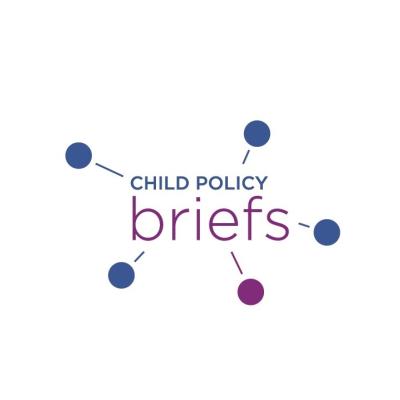Foster Care
A summary of the scientific literature on foster care and Child Protective Services (CPS).


How This Impacts Children's Development
Foster care is meant to be a safe respite for children being harmed by their family members. However, the assumption among the public and some scholars and practitioners is that placements can be harmful, and rarely, if ever, justified. Policymakers can do more to ensure that the safety and well-being of children in foster care is prioritized. Major pieces of legislation impacting and improving foster care include the “Family First Protection Services Act” (FFPSA) of 2018, and the “Fostering Connections to Success and Increasing Adoptions Act” of 2008.
READ THE BRIEF: Foster Care: How We Can, and Should, do More for Maltreated Children, 2020
READ THE BRIEF: youth in foster care: easing the transition into adulthood, 2009
Talking Points from the SRCD Briefs
|
Policy Considerations in the Briefs
- Agencies should leverage strategies to eliminate the potential influence of individual-level bias, such as color-blinded team decision-making for removal and reunification recommendations and ethical use of predictive risk modeling.
- Policies should utilize child-centered, trauma-informed approaches for selecting sleep arrangements; and evidence-based behavioral methods to address child sleep problems.
- Minimum standards for foster homes should be strengthened, including prohibiting licensing for people convicted of misdemeanor child abuse or violent crimes, and people who were substantiated as having perpetrated child maltreatment through a Child Protective Services (CPS) case.
- States should do more to support families that provide care for children with high levels of physical, mental, or behavioral health problems, and extend foster care support beyond the age of 18.
- Federal policymakers should invest in research and evaluation, including evaluating models of coordination between child welfare agencies and other public institutions that support young people in foster care.
READ THE BRIEF: Foster Care: How We Can, and Should, do More for Maltreated Children, 2020
READ THE BRIEF: youth in foster care: easing the transition into adulthood, 2009